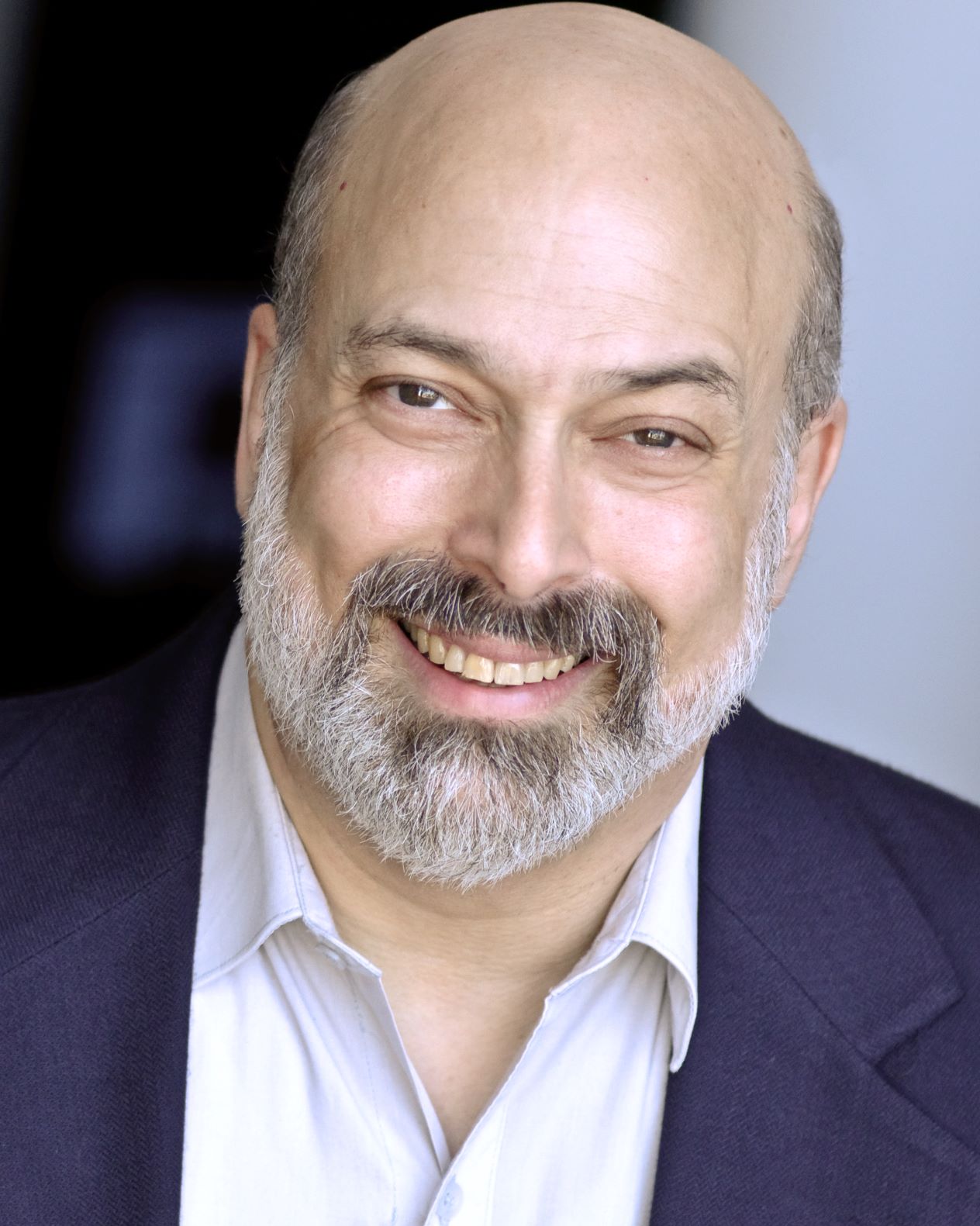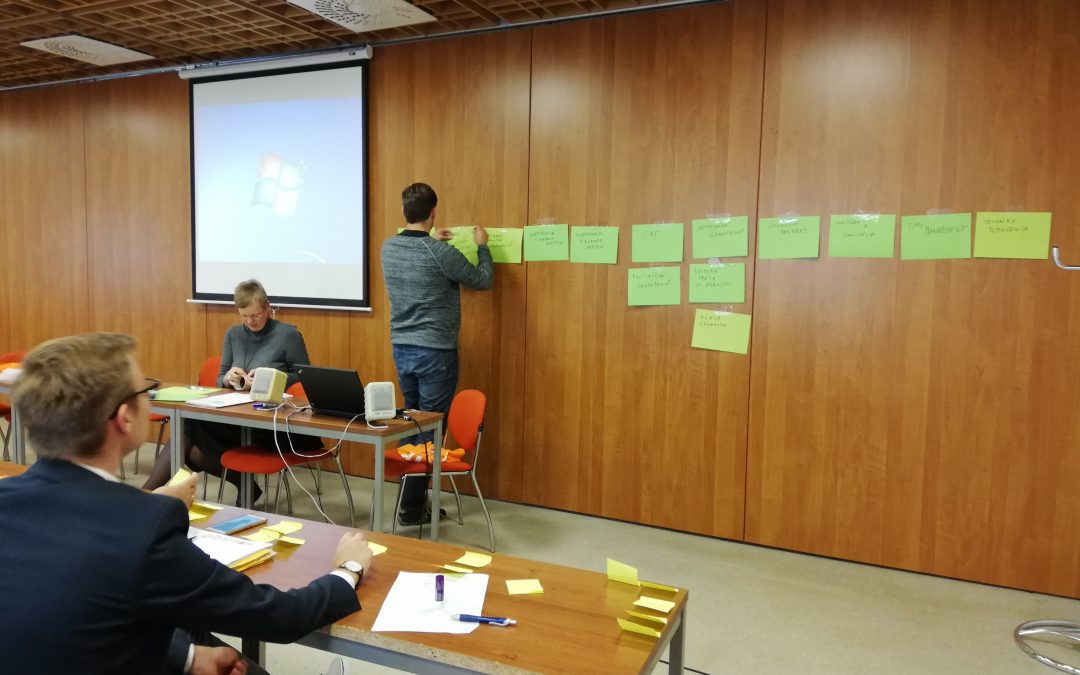– Joel Snyder, PhD –
In his introduction to the second edition of The Mastery of Movement, Rudolph Laban wrote: “What really happens in the theatre does not occur only on the stage or in the audience, but within the magnetic current between both these poles.” He suggests that the performers on stage form the “active pole of this magnetic circuit [and] are responsible for the integrity of purpose” in the performance that determines the quality of the “exciting current between stage and audience.” Laban’s focus here is on the skill of the performer in communicating with the audience. It is assumed that the audience is able to fully perceive that skill and experience that communication. But what if the exchange is interrupted, not by lack of clarity on stage, but rather by an audience member’s lack of access to that full perception? How, for example, can a blind person “see” a dance performance?
This workshop will focus on how audio description, enhanced by Laban Movement Analysis (LMA) fundamentals, provides access to the arts for people who are blind or have low vision. Describers observe, select, and then succinctly and vividly use language to convey the visual image that is not fully accessible to a segment of the population—new estimates by the American Foundation for the Blind now put that number at over 21 million Americans alone who are blind or have difficulty seeing even with correction.
Effective audio describers strive to offer language that has a foundation in the “The Four Fundamentals of Audio Description” developed by Dr. Snyder:
- OBSERVATION—In his book, “Seen/Unseen: A Guide to Active Seeing,” the photographer, John Schaefer, coins the phrase “visual literacy.” Schaefer refers to the need to ‘increase your level of awareness and become an active “see er.” The best describers will truly notice all the visual elements that make up an event.
- EDIT—Audio describers must then edit or cull from what they see, selecting what is most valid, what is most important, what is most critical to an understanding and appreciation of an event. Often, only a few precious seconds are available to convey those images.
- LANGUAGE—We transfer it all to words – objective, vivid, imaginatively drawn words, phrases, and metaphors. Why say “walk” why you can more vividly describe the action with “sashay,” “stroll,” “skip,” “stumble,” or “saunter”? Is the Washington Monument 555 feet tall or is it as high as fifty elephants stacked one on top of the other or two football fields atop each other?
- VOCAL SKILLS—In addition to building a verbal capability, the describer develops the vocal instrument through work with speech and oral interpretation fundamentals. Meaning is created with the words we choose and also by the way we say them.
In the United States, the principal constituency for audio description has an
unemployment rate of about 70%. With greater access to our culture and its resources, people become more informed, more engaged with society and more engaging individuals—more employable.

BIO
Dr. Joel Snyder is known internationally as one of the world’s first “audio describers,” a pioneer in the field of Audio Description, a translation of visual images to vivid language for the benefit, primarily, of people who are blind or have a vision impairment: the visual is made verbal—and aural, and oral. Since 1981, he has introduced audio description techniques in over 40 states and 63 countries and has made hundreds of live events, media projects and museums accessible. In 2014, the American Council of the Blind published Dr. Snyder’s book, The Visual Made Verbal – A Comprehensive Training Manual and Guide to the History and Applications of Audio Description, now available as an audio book voiced by Dr. Snyder, in screen reader accessible formats, in Braille, and in English, Polish, Russian and Portuguese—a Spanish edition will be released in 2021; versions in Greek and Chinese are planned for 2022. He has served on the Disability Advisory Committee of the Federal Communications Commission and currently sits on the Audio Description Subject Matter Expert Committee of the ACVREP—the Academy for Certification of Vision Rehabilitation and Education Professionals. His PhD is from the Universitat Autonoma de Barcelona with a focus on audiovisual translation/audio description. Dr. Snyder is the President of Audio Description Associates, LLC (www.audiodescribe.com) and he serves as the Founder/Senior Consultant of the Audio Description Project of the American Council of the Blind (www.acb.org/adp).

